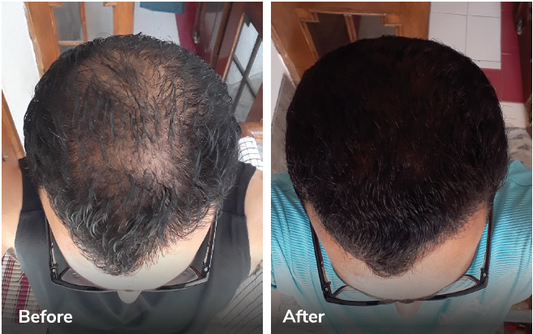
Traya Honest Review (2025): The Truth No One Te...
Traya is hard to miss. It appears in ads across Instagram, YouTube reviews, and influencer testimonials. The brand positions itself as a holistic, science-backed solution to hair loss, offering personalized...

Is Traya Hair Treatment Good? A Deep Dive
Have you ever wondered, “Is Traya hair treatment good?” You are not alone. Traya has been popping up everywhere from Instagram ads to YouTube reviews, so it’s natural to wonder...
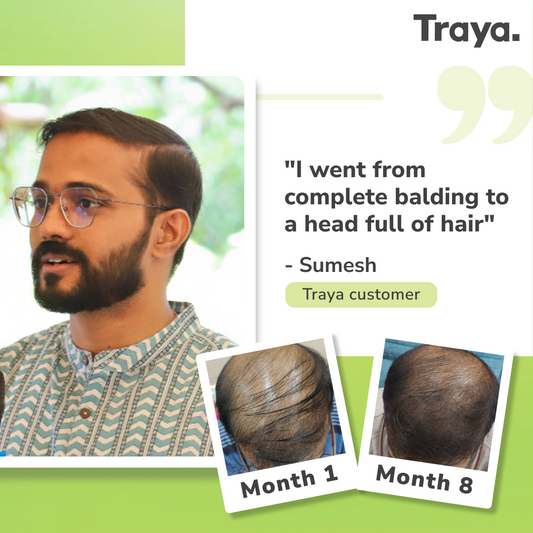
Traya Hair Treatment Reviews: Real Experiences,...
Hair loss is not just a cosmetic concern; it can be deeply personal to a lot of people. According to a recent survey, more than 50% of men in India...

Traya Negative Reviews: An Honest Look at the G...
Anytime it comes to hair loss solutions in India, only a few names in the industry have generated as much buzz as Traya Health. With their holistic approach of combining...

What Makes Traya's Google Reviews So Important
Traya's Google Reviews share real customer experiences about its personalized hair fall solutions. The brand uses a mix of Ayurveda, dermatology, and nutrition to treat hair loss from the root....
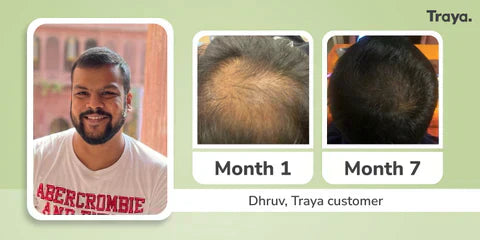
Traya Hair Results: The Real Stories Behind the...
Hair loss is one of those silent struggles that eats away at your confidence slowly and steadily. You notice more strands on the pillow, your comb starts looking like a...
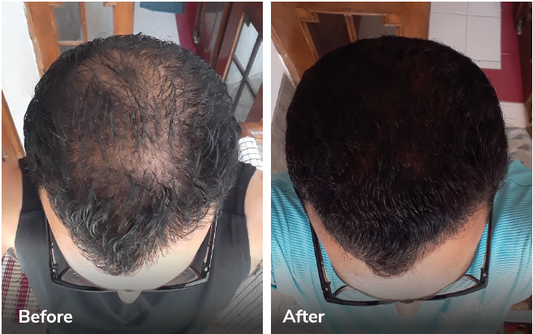
Honest Traya Hair Review : What Real Users Are ...
Hair loss is one of the most emotionally taxing health concerns faced by both men and women of this generation. From thinning crowns to receding hairlines, the frustration of trying...

Traya Review (2025): Is It the Best Hair Loss T...
Why Traya Is Gaining Attention in the Hair Care Industry Hair loss is no longer just a cosmetic issue it’s a personal one. When hair begins to thin or fall...

Traya Reviews (2025): Honest Results from Real ...
Looking for real Traya reviews before you buy?If you are reading this, you have probably already tried hair oils, supplements, or even Minoxidil. Maybe you have taken Traya’s free hair...

Root-Cause Hair Care vs. Generic Kits: What Wor...
Hair fall and thinning hair are concerns that millions of people in India are facing today, with growing stress, pollution, and lifestyle changes contributing heavily. While there are countless products...

Is Minoxidil Safe to Use? Traya Insights on Min...
We have always experimented high and low when it comes to hair health. Our favourite Nani ke Nuske, which has been in practice for hair growth and has plenty of...

How Is Traya Rated? A Look at Reviews from Real...
Hair on your pillow, glancing eyes while passing a mirror, a cupboard full of half-used shampoos and serums, if this is your life, then you have finally come to the...
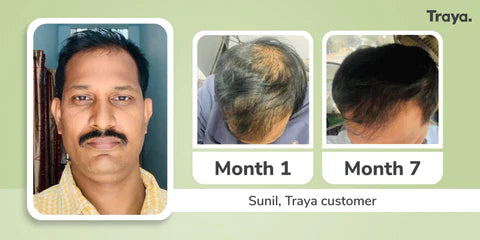
Traya Honest Review: Real Stories, Transparent ...
In an era where marketing has started to overshadow genuine user experiences, distinguishing the truth about health and wellness products becomes paramount. Hair loss treatments, in particular, are always shown...

Traya Health Review: What Real Users Are Saying
Hair loss is not just a cosmetic issue nowadays, it is an intimate emotional challenge. With many over-the-counter solutions and miracle oils, Traya Health has always stood out by offering...
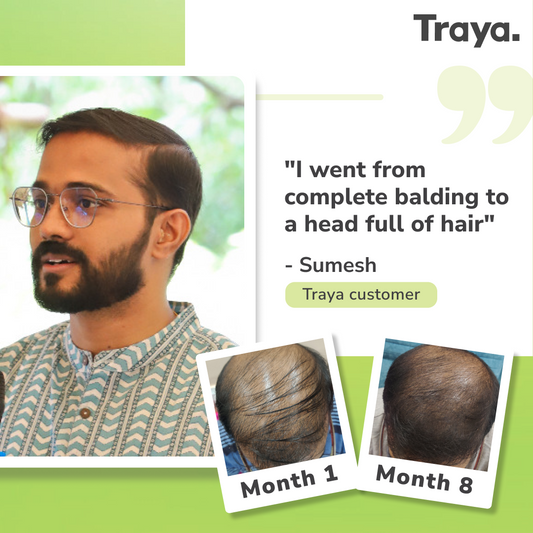
Traya Hair Kit Review: What Real Users & Scienc...
What is the Traya Hair Kit? You might have been asking that question! Or better still you might have been asking what is Traya? That is exactly the question that...

What’s Inside Traya’s Hair Treatment: Real Ingr...
There is a huge problem that is brewing in the nation. It is spoken in hushed words and silent looks. Hidden under hats, helmets and even wigs.I am talking about...

Is Traya Ayurvedic? Here’s the Truth Behind Its...
Ayurveda is India's heritage. A gift to the world. In this day and age when everyone is turning away from the harsh medical substances that have more side effects than...
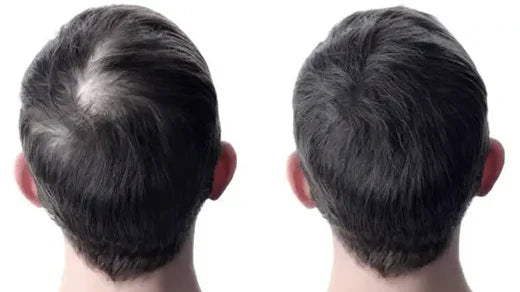
Traya Hair Regrowth Kit: Does It Really Work?
Buying a new shampoo again? Or is it a serum this time? Looking at every possible website to see if somebody has a different and genuine method of helping you...

Is Traya Safe? Ingredients, Side Effects & Real...
Is Traya Safe? YES! Everybody is asking this question and we are here to tell you a resounding, YES! Not only that but people are also asking “Is Traya good?” The...

Is Traya Good for Hair? Honest Reviews, Ingredi...
Searching the web for answers about your hairfall? Tried 14 different shampoos and 9 different serums for no avail? If both of those guesses were right, then we are guessing...

Traya’s Hair Loss Solution: What’s Inside & Why...
Hair loss is something millions of Indians face every day. You might have noticed more hair strands on your pillow, or a thinning patch in the mirror that keeps growing...
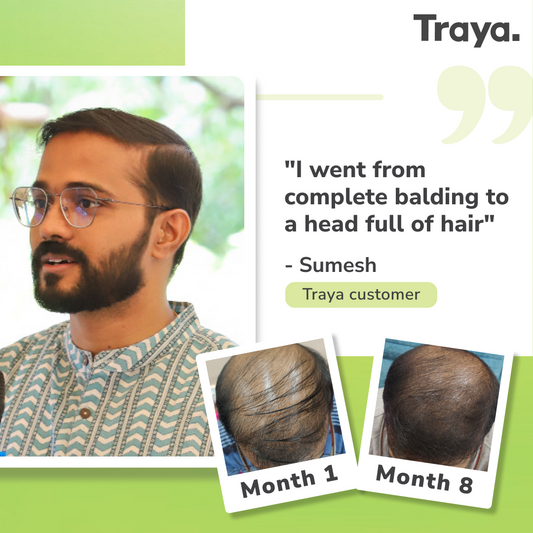
Traya Results: What Real Users Experience Over ...
If you are battling hair fall or hair thinning, you are not alone, and you have probably searched for answers about how to stop it, or even better, how to...
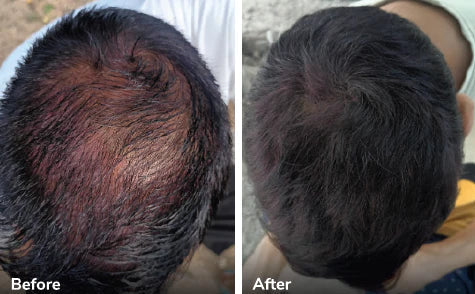
Traya Hair Treatment Reviews: Real Stories & Re...
If you are reading this, there are very high chances that you are already sick of your hair falling every time you run your hand through it.You may have tried...

What is Traya Health? Everything You Need to Know
Have you ever found yourself typing “What is Traya?” into Google? Or maybe ask one of your friends whether they have ever heard about Traya or not? Maybe you came...
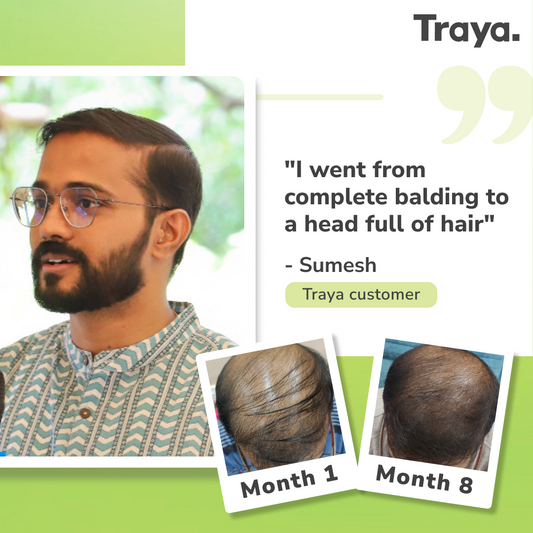
Does Traya Really Work? What Real Customers and...
Let us be honest. If you are constantly Googling “Does Traya really work?” or scrolling through Reddit or Quora threads every day, you are not alone in this. You are...
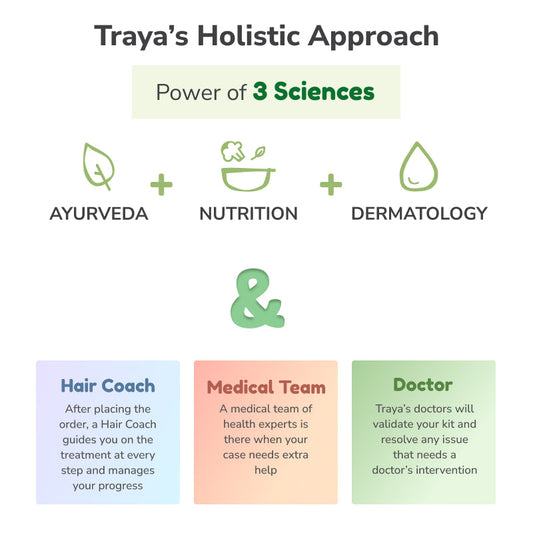
Is Traya Effective? Honest Answers Backed by Re...
Hair fall is one of the most common yet frustrating problems people face today, especially in India. If you are struggling with thinning hair, you are likely wondering if there...

Is Traya Fake or Real? Unpacking Reviews, Claim...
Hair fall is no longer something that only older people worry about. Today, many young adults in India are facing the stress and heartbreak of thinning hair and balding patches...

What Is Traya Health? The Science-Backed Hair L...
Hair loss previously was only an issue for older people. But standing in today’s generation, it is no longer just an issue for older people. It has become a growing...

Does Traya Really Work on Hair Fall or Baldness?
There must be many questions you have. You might have been asking, “does Traya work for hair?”, “is Traya good for hair?”, “does Traya actually work?”. We hope to give...

Has Anyone Tried Traya Hair Treatment? Is It Wo...
Hair fall is not just about the strands on your pillow; its more than that. It chips away at your confidence, messes with your mental peace, and changes the way...

What is Traya Hair Treatment?
Been battling hair loss for what feels like forever?Chances are, you have already tried it all: oils that smell like your grandma’s kitchen, shampoos that promise miracles, and quick-fix serums...

Did any of You Have Experience with Traya? Did ...
Hair fall is no longer just a cosmetic concern. It is emotional, deeply personal, and can affect everything from confidence to how we show up in the world. And in...

What are your views about Traya ?
Hair loss can be a very big thing and a lot of the times very overwhelming. Whether it’s those extra strands on your pillow or the widening part on your...
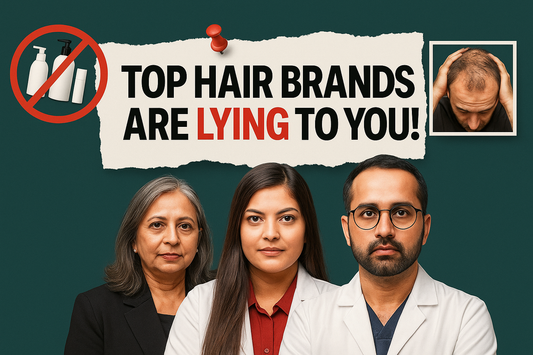
95% of Hair Products Are a Scam! Here’s the Proof
Is Traya a Scam or a Science-Backed Brand? When you hear a claim like “99% of users saw hair fall reduction,” your first reaction should be: “Wait, 99% of what?”...

How to Use Traya Customised Hairfall Control Kit
Hair fall and hair thinning are problems that many of us face. And let’s be honest, almost all of us have spent several years and money to get voluminous hair,...

Dhruv’s Hair Growth Journey With Traya
2 min read

Can Ayurveda Reverse Grey Hair?
3 min read

Unfiltered Traya Products Reviews: What Real Cu...
When it comes to trying out any new health or wellness product, the first thing on everyone’s mind is safety. Questions like “Are Traya tablets safe?”, “Will there be any...

Traya Negative Reviews: An Honest Look at Custo...
“Is Traya a scam? Is Traya fake? Traya Negative reviews?” Ouch! When people search for Traya negative reviews and if we are potentially a scam, it does prick a little....

Female Hair Loss Statistics: Insights from 2.8L...
Introduction Pattern hair loss in women continues to be on the rise at an exponential rate. In-depth studies can help understand better methods to manage the same. For this study,...

Is Traya Safe To Use? The Truth about Traya Sid...
At Traya we stand for safety and effectiveness. With a focus on natural ingredients, Hair Expert-recommended plans, rigorous testing, FDA-approved ingredients and Ayush certification we are committed to customers' safety....

How Does Traya Works & If It’s Really Effective ?
3 Min Read Traya is an effective hair Customized Plan solution where we work on the root cause of your hair fallby solving the internal issues triggering your hair fall....

Traya Hair Kit Price: Traya Hair Treatment Cost...
Still suffering from hair issues? Finding strands of hair on your pillow or your brush? Staring at the mirror to see if people can notice your receding hairline? Hair fall...

Hair Loss Statistics India: Insights from 5 Lak...
3 Min Read A Study Involving 5 Lakh+ Indian Men by Traya Health Reveals What Is Causing Hair Fall in Men in 2023. Gut Issues, Stress, Sleep and other root...








